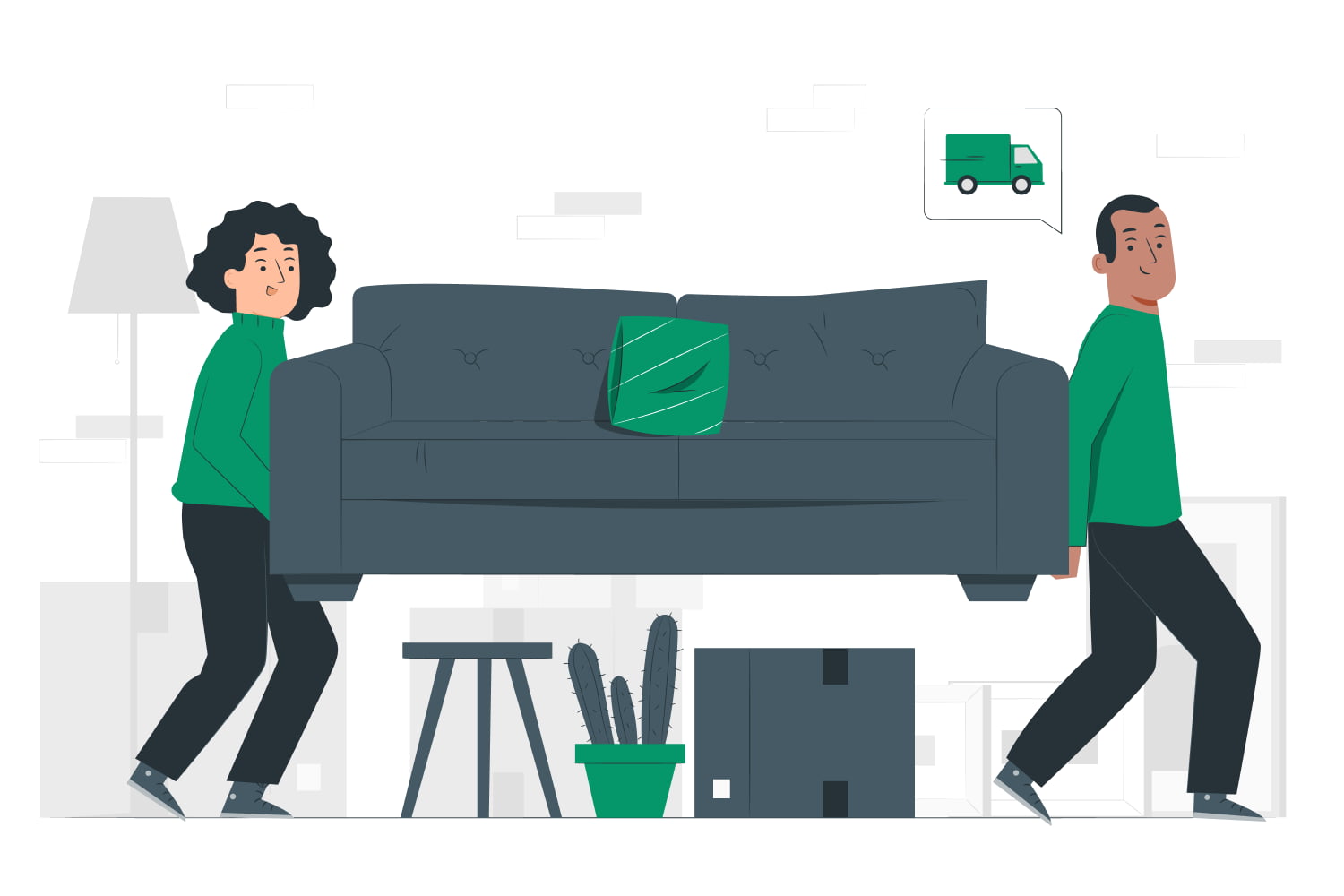
Are You Leaving Money on the Table?
Posted by Greenboard Team | April 20, 2025

When foot traffic slows, and your sales team has a few moments of quiet, what happens?
More often than not, phones come out. Instagram feeds get scrolled. Maybe someone refreshes their inbox or heads to the back for a snack. It’s human nature — but it’s also one of the biggest missed opportunities in furniture retail.
The Follow-Up Gap
In the world of furniture sales, most leads don’t convert on the first visit. People come in to browse. They sit on sectionals. They ask about fabrics. They take measurements. Then they leave — and many never come back.
It’s not because they weren’t serious. It’s not because they didn’t love that coffee table or the way the reclining sofa fit just right. It’s because life got in the way. Other priorities took over. And no one nudged them to return.
A well-timed message — even something as simple as a “Just checking in to see if you had any more questions about that dining set” — can pull a buyer back in. But for that to happen, your team has to develop the habit.
What 40% More Sales Actually Looks Like
Let’s say your store averages 50 leads per week. Without a follow-up process, you’re closing 10 of them. With a consistent, intentional follow-up system, you could be closing 14 — or even 15 or 16 — depending on your market and team’s responsiveness.
So the question isn’t “Should we be following up?”
It’s “Why haven’t we made this a daily practice yet?”
Dead Time = Growth Time
Every sales floor has dead time. It’s the lull between customers, the mid-afternoon slow stretch, the 30 minutes after a lunch rush when no one walks in the door. Most teams see it as a breather. But high-performing teams? They use it.
Here’s how:
Call leads who came in last weekend but haven’t been back.
Text someone who left a deposit but hasn’t scheduled delivery.
Send an email with new arrivals to a buyer who’s on the fence.
Check integrations to see if online leads have come in through the website, social media, or a partner listing.
Why Salespeople Don’t Follow Up (and How to Fix It)
Despite the benefits, many teams still don’t follow up. Why? Usually, it boils down to a few reasons:
1. They don’t know who to follow up with.
If your lead info is scattered across handwritten notes, sticky pads, and emails, your team won’t dig through it. It’s just not practical. The solution? A clean, central place to track leads and flag follow-ups.
2. They forget.
Salespeople are busy. Following up is often pushed aside for more “immediate” tasks. Having scheduled reminders or alerts — especially ones tied to the sales calendar (e.g., “7 days since last visit”) — helps make follow-up automatic.
3. They don’t know what to say.
It can feel awkward reaching out if there’s no script, structure, or context. Templates, short message ideas, and lead notes help here. Even just seeing what the customer looked at can give reps a reason to check in.
What a Strong Follow-Up Habit Looks Like
Building the habit doesn’t mean micromanaging your team. It means giving them the tools and direction to follow up naturally, confidently, and consistently.
A few good habits to encourage:
Check new leads every morning from integrations like Facebook, website forms, or walk-in tracking.
Send one message per lead, per week (until they buy or go cold).
Use their preferred channel — some customers reply better to texts, others to emails or calls.
Keep it short, friendly, and personalized.
Track every contact so you can see who’s been followed up with and who hasn’t.
Real-World Example
A mid-size furniture store we work with started tracking their follow-ups about six months ago. Their team was spending an average of 30 minutes per day reaching out to leads during slow periods. Within 90 days, they saw a 28% increase in sales. By month five, it was 42%.
The Takeaway
Most furniture stores aren’t losing sales because of poor product or bad service. They’re losing them because of inaction. The buyer left the store without making a decision, and no one followed up. That’s the silent leak — and it’s fixable.
Every sales rep has five, ten, or fifteen minutes of downtime each day. Use that time to build relationships, re-engage leads, and close the loop. It doesn’t take much — just a message, a call, a nudge.
Bottom line: Don’t let good leads go cold just because it got quiet on the floor. The money you’re missing isn’t gone — it’s just waiting for a follow-up.


